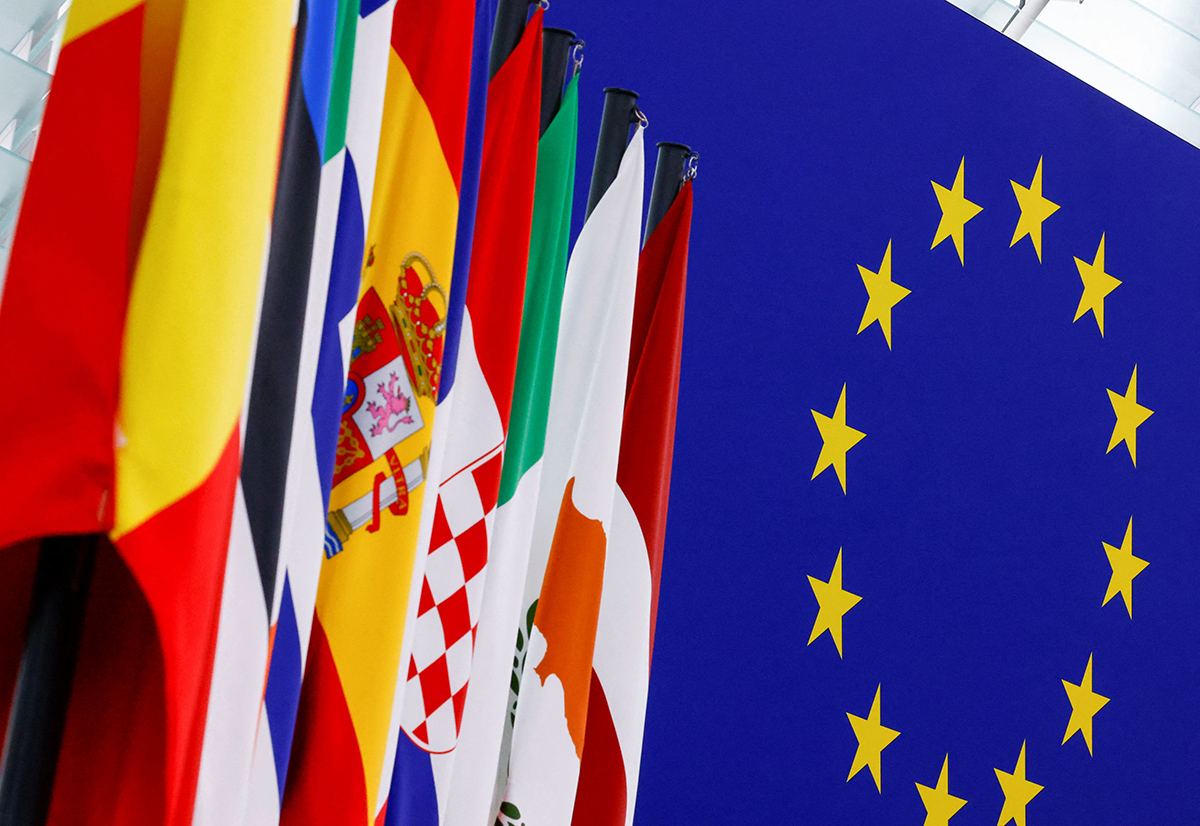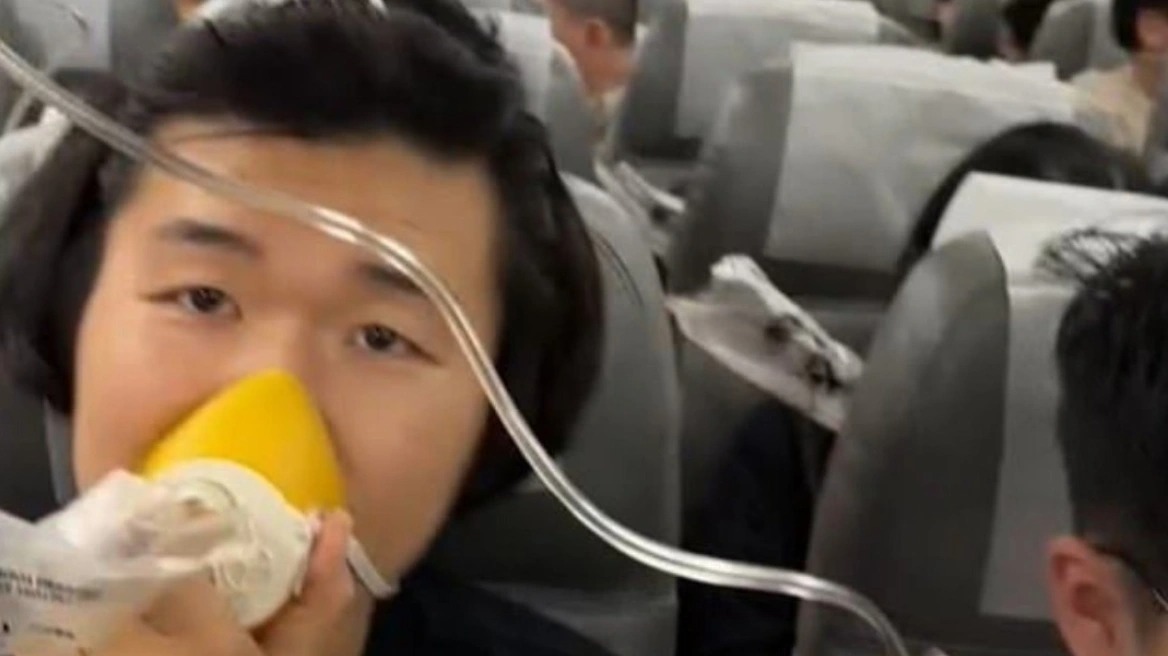The EU is tightening existing rules in order to restrict the use of 33 chemicals in clothing and textile products (such as blankets, towels, and bed sheets) sold in Europe.
An EU regulation banning CMR (carcinogenic, mutagenic and reprotoxic) substances in cosmetics has existed since 2010, but 33 of these substances will also be restricted in clothing, textiles and footwear produced in or imported into Europe from 2020 onwards.
“We have restricted the use of 33 dangerous chemicals in clothing across the whole EU. These chemicals stop clothes from shrinking or losing colour, but they pose a health risk. That’s why contact with them should be kept to a minimum,” said Anna Maria Blass-Rico of the DG Internal market, Industry, Entrepreneurship & SMEs of the European Commission.
“It’s been a team effort to set these safety limits, involving technical experts such as myself, national chemical inspectors, but also health specialists and people working in the textile industry.”
Added Emma Westerholm of Sweden’s Chemicals Agency: “We inspect all types of consumer products for hazardous chemicals according to European legislation. But until recently, chemical inspections in Europe didn’t focus so much on chemicals in clothing. The new rules mean that each European country can now restrict the production and import of these substances.”
The European Chemicals Agency gives advice on how to read product labels, avoid or treat exposure to chemicals, as well as other daily questions you might have about the things you buy.
The European Chemicals Agency gives advice on how to read product labels, avoid or treat exposure to chemicals, as well as other daily questions you might have about the things you buy.
When dangerous products are found on their markets, European countries can alert others by activating the EU’s Rapid Alert System for dangerous non-food products.
In order to keep track of the chemicals sold or imported into Europe, EU law on the Registration, Evaluation, Authorisation and Restriction of Chemicals (REACH) requires producers and importers to register all large quantities of chemical substances in their goods. This affects cleaning products, paints, clothes and textiles and electrical appliances, for example. The European Chemicals Agency manages the day-to-day aspects of the REACH system.
The percentage of EU citizens who expressed concerns about chemicals in their daily life and the related health effects, according to the European Commission’s 2017 survey on chemical safety.
Edited by Bouli Hadjioannou
















